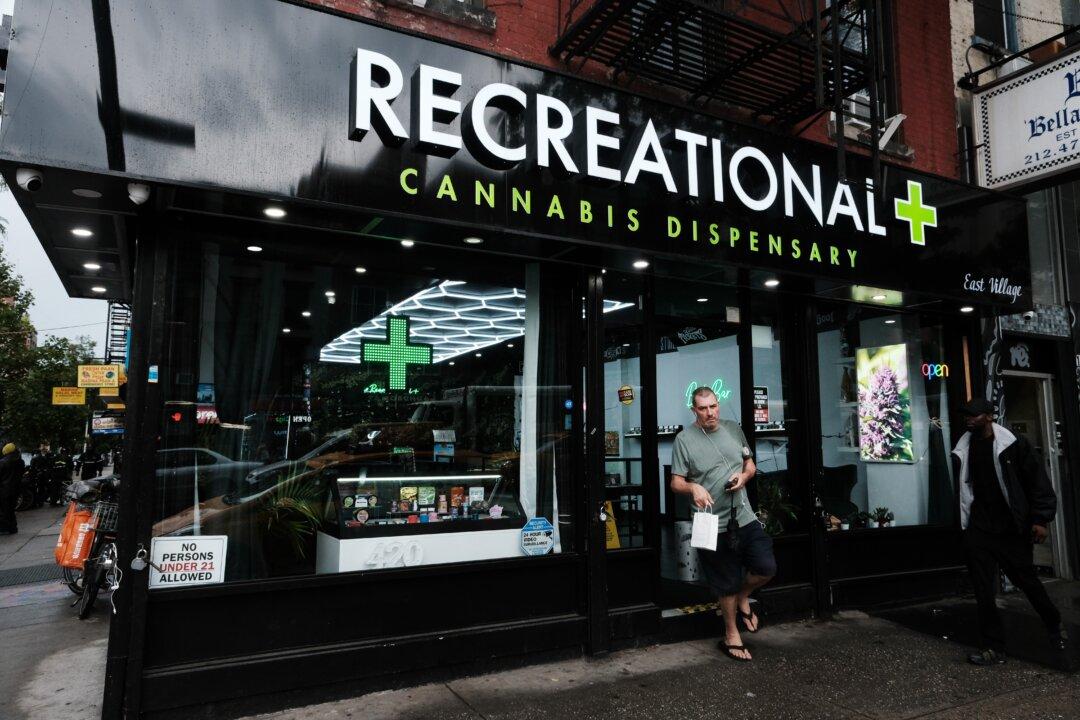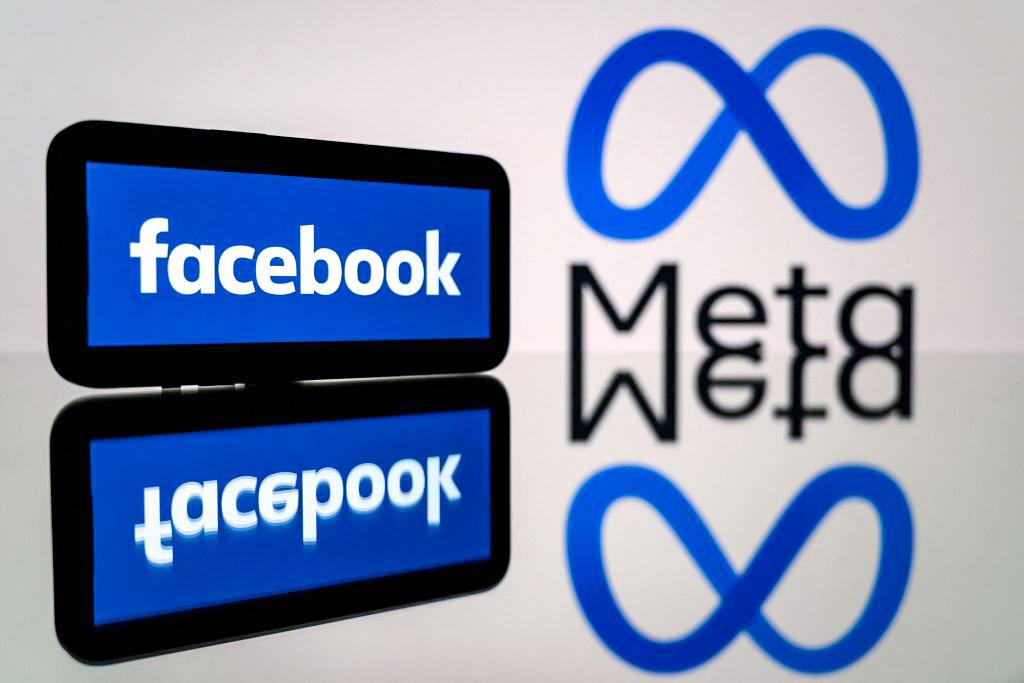Elon Musk’s X Corp., the California-based company that owns and operates Twitter, has filed a lawsuit against four entities in Texas. The lawsuit accuses the defendants of data scraping from the social media site and causing issues for the platform’s users.
The lawsuit was filed in a Dallas County District Court on July 6 and is seeking more than $1 million in damages (pdf). The filing comes just days after the social media company’s recent policy change placing limits on the number of tweets a user can view each day.





